Disclosure: This article contains affiliate links. We may earn a commission from purchases at no extra cost to you, which helps our travel content.
Standing before the colossal statues of Ramses II at Abu Simbel, I felt that familiar rush of adrenaline that only a photographer confronted with magnificence can understand. The morning light cast dramatic shadows across the pharaoh's stoic face, creating the perfect interplay of light and darkness that makes a photograph transcend from documentation to art. As a dentist who has spent the past 15 years photographing my way through international conferences and historical sites, I've developed a particular fondness for capturing monumental structures after nightfall. However, Abu Simbel presented a unique challenge—and opportunity—that demanded techniques beyond my usual repertoire. This remote archaeological treasure, rescued from the rising waters of Lake Nasser in the 1960s in one of history's most ambitious preservation projects, offers photographers a rare combination of ancient grandeur, fascinating history, and spectacular natural lighting conditions that I'm eager to share with fellow photography enthusiasts.
Planning Your Photography Expedition to Abu Simbel
Abu Simbel sits approximately 280 kilometers south of Aswan, making it a considerable journey that requires thoughtful planning. Most visitors arrive via organized day trips from Aswan, either by air (a 40-minute flight) or by road convoy (a 3-hour journey each way). As a photographer seeking optimal lighting conditions, I strongly recommend arranging an overnight stay near the temples—a decision that proved invaluable during my visit last winter.
I opted for the Abu Simbel Nefertari Hotel, a modest but comfortable establishment within walking distance of the temples. This strategic choice allowed me to photograph during both the golden hour of sunrise and the magical blue hour after sunset—opportunities entirely missed by day-trippers.
Before departing Frankfurt, I meticulously researched the sun's position relative to the temple facades using my PhotoPills app, which proved indispensable for timing my shots. The app's augmented reality feature allowed me to visualize exactly where the sun would rise and set in relation to the monuments, helping me plan my shooting positions days in advance.
I arranged my visit to coincide with the winter months (November through February), when temperatures are considerably more pleasant for extended outdoor photography sessions. Summer in southern Egypt can be brutally hot, often exceeding 40°C (104°F), making equipment management challenging and outdoor photography physically demanding.
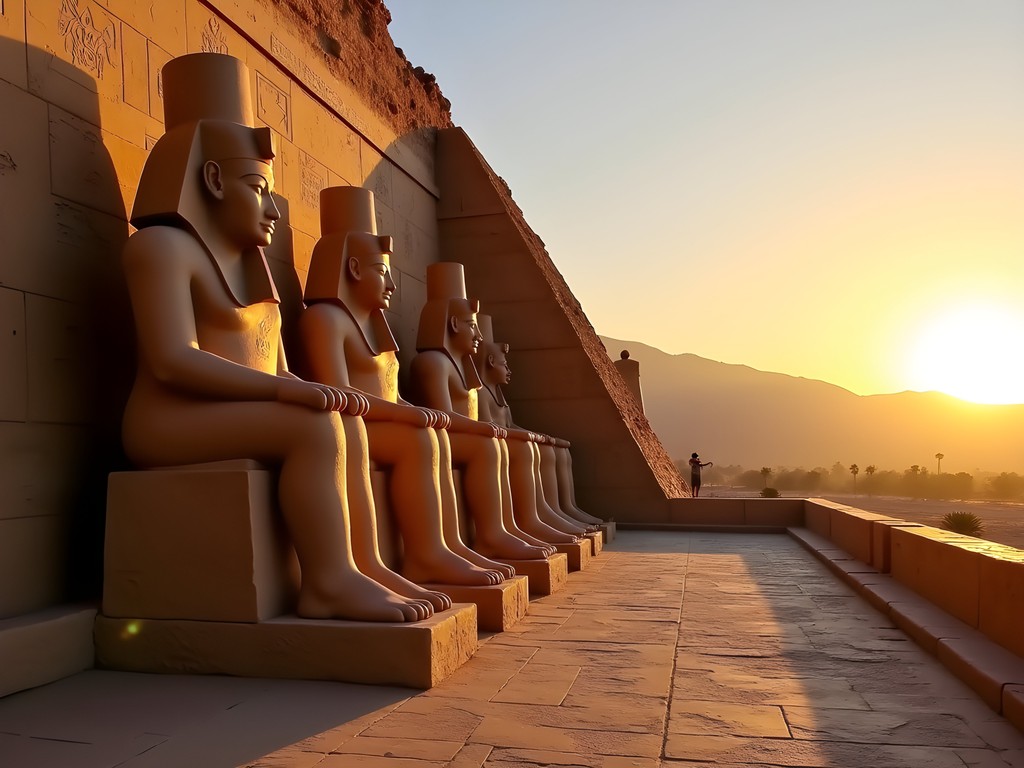
💡 Pro Tips
- Book accommodation in Abu Simbel village to capture both sunrise and sunset—opportunities missed by day-trippers
- Use a planning app like PhotoPills to track sun positions relative to the temples
- Visit during winter months (November-February) for comfortable shooting conditions and excellent light
Essential Photography Equipment for Abu Simbel
After fifteen years of travel photography across five continents, I've learned to balance comprehensive equipment with practical portability. For Abu Simbel, this balance becomes particularly crucial given the remote location and variable lighting conditions.
My primary camera body for this expedition was my trusty mirrorless camera, which offers excellent dynamic range—critical for handling the harsh contrast between the bright Egyptian sky and the shadowed temple interiors. I paired this with three essential lenses:
- A wide-angle zoom (16-35mm) for capturing the monumental scale and architectural grandeur
- A versatile mid-range zoom (24-70mm) for general documentation
- A telephoto zoom (70-200mm) for isolating architectural details and compressing perspective
While my professional dental work has taught me the value of specialized equipment, photography expeditions have taught me the importance of redundancy. I always carry two camera bodies, additional batteries, and multiple memory cards. The remote location of Abu Simbel means there are no camera shops nearby if equipment fails.
A sturdy tripod is non-negotiable for this destination, particularly for dawn, dusk, and interior photography. My carbon fiber model offers the stability needed for long exposures while remaining lightweight enough for extended carrying. For interior shots of the temples, where tripods are often prohibited, a camera stabilizer proved invaluable, allowing me to stabilize my camera on irregular surfaces without technically using a traditional tripod.
Finally, don't underestimate the value of a good polarizing filter to manage reflections and enhance the rich colors of the sandstone temples against the deep blue Egyptian sky.
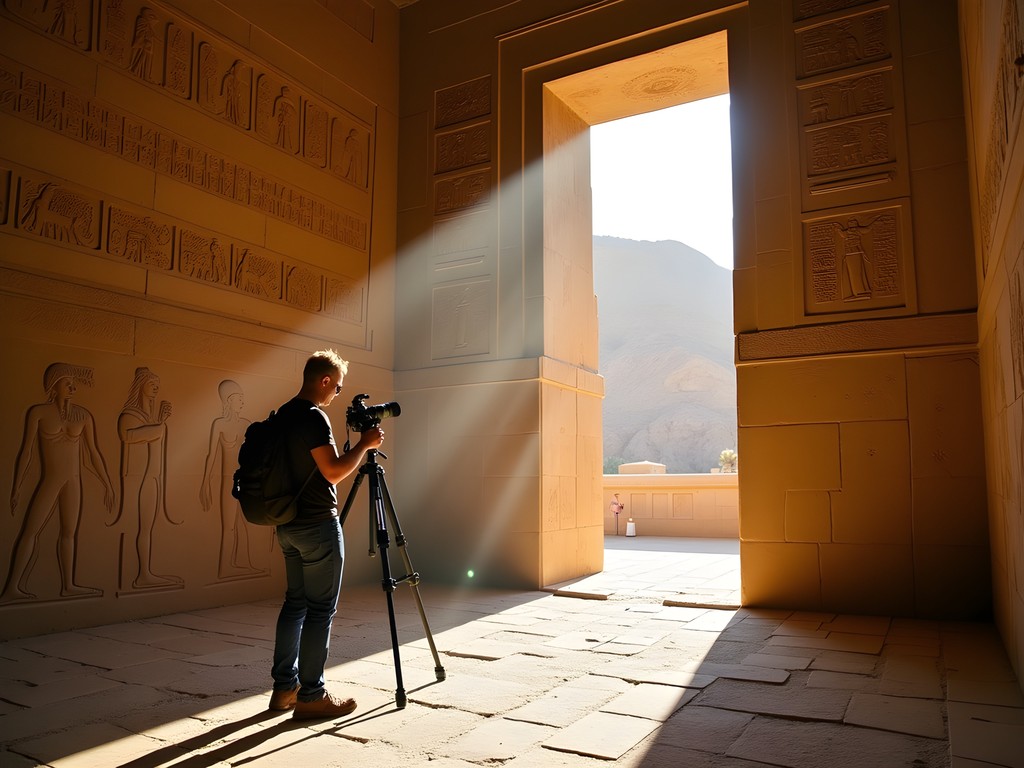
💡 Pro Tips
- Bring a camera with excellent dynamic range to handle the contrast between bright skies and shadowed temple interiors
- Pack a flexible mini tripod like a GorillaPod for interior shots where traditional tripods may be prohibited
- Use a polarizing filter to enhance the rich colors of the sandstone against the Egyptian sky
Mastering the Light: Optimal Times for Photography
The quality of light at Abu Simbel follows a rhythm that photographers must understand to capture truly exceptional images. Having photographed historical monuments across Europe for years, I can confidently say that Abu Simbel presents some of the most dramatic lighting conditions I've encountered.
Sunrise (5:30-7:00 AM): This is unquestionably the prime time for photographing the Great Temple of Ramses II. As the sun climbs over Lake Nasser, it bathes the eastern-facing temple façade in a warm, golden glow that progressively illuminates the colossal statues from left to right. This creates a theatrical effect as each statue emerges from darkness into light. Position yourself directly in front of the temple or slightly to the north for the most dramatic compositions.
Mid-morning (8:00-10:00 AM): As the sun rises higher, harsh shadows begin to dominate the façade. This is an excellent time to shift your attention to the smaller Temple of Hathor dedicated to Queen Nefertari, which benefits from more diffused light during these hours.
Midday (10:00 AM-2:00 PM): The harsh overhead sun creates challenging conditions for exterior photography. I recommend using this time to photograph the temple interiors, where the light filtering through the entrances creates fascinating patterns on the walls and statues. My LED light panel provided gentle fill light for the darker recesses without overwhelming the natural illumination.
Late Afternoon (3:00-5:00 PM): As the sun begins its descent, softer light returns to the temple exteriors. This is an excellent time for capturing wider landscape shots that include both temples and Lake Nasser in the background.
Sunset and Blue Hour (5:30-6:30 PM): The temples are technically closed by this time, but if you've arranged permission in advance (as I did through my hotel), you may be able to photograph the temples as they're illuminated by the site's lighting system against the deepening blue sky—a truly magical sight reminiscent of the night photography I've pursued throughout European cities.
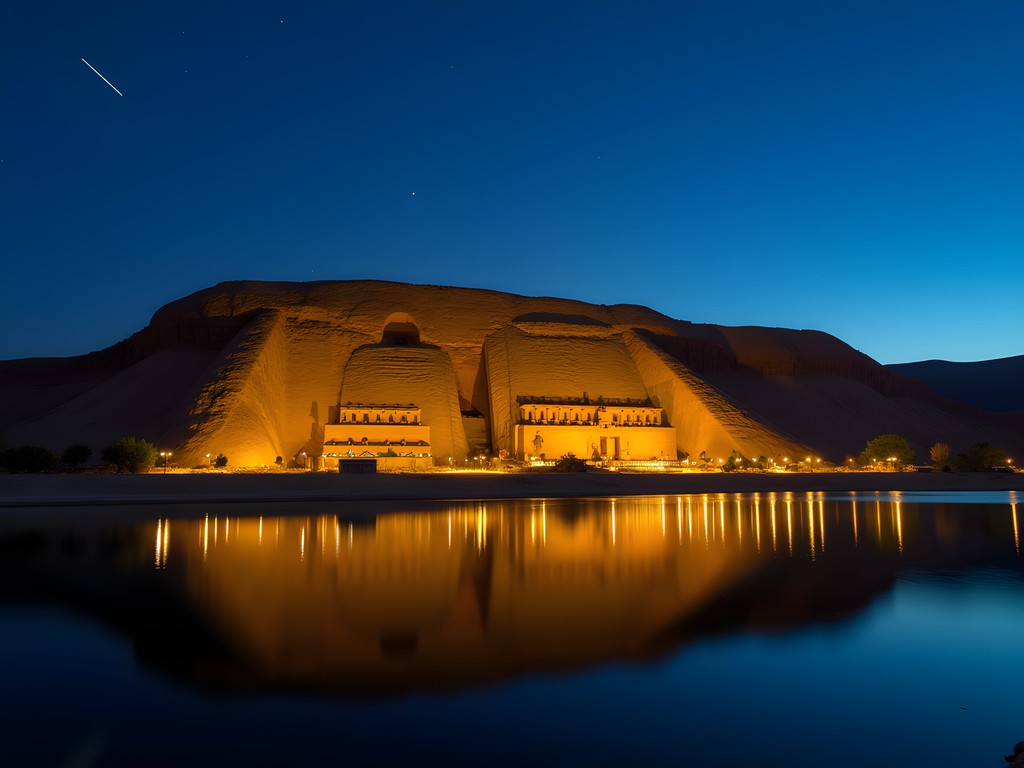
💡 Pro Tips
- Arrive at least 30 minutes before sunrise to secure the best shooting position before other tourists arrive
- Use a small LED panel to gently illuminate dark interior details without overwhelming the natural light
- Arrange special permission through your hotel for sunset photography when the temples are normally closed
Composition Techniques for Monumental Architecture
Photographing colossal monuments like Abu Simbel presents unique compositional challenges. How does one capture the overwhelming scale while still creating visually compelling images? After years of photographing historical architecture across Europe and Asia, I've developed several approaches that proved particularly effective at Abu Simbel.
Human Element for Scale: Including people in your composition provides immediate scale reference. Rather than seeing this as a photographic inconvenience, I deliberately incorporated other visitors as silhouettes against the massive façade. Position yourself to capture tourists as they first approach the temples—their body language often conveys the awe that the scale statistics (the statues stand 20 meters high) simply cannot.
Layered Composition: The site's layout offers natural opportunities for layered compositions. I found that positioning myself near the smaller Temple of Hathor allowed me to frame the Great Temple beyond it, creating depth and perspective. This approach tells a more complete story than simply shooting each temple in isolation.
Detail to Grand: One of my favorite techniques is to create a visual narrative through a sequence of images that begins with intricate hieroglyphic details and gradually expands to reveal the full monumental structure. This approach mimics the human experience of encountering such sites—first noticing details, then being overwhelmed by the totality.
Reflections: During my visit, I was fortunate to witness a brief desert rainfall that created ephemeral puddles, offering stunning reflection opportunities. Even without rain, Lake Nasser provides a distant backdrop that can be incorporated into compositions from certain vantage points.
Framing with Natural Elements: The sparse desert vegetation and rocky outcroppings can be used as natural framing elements. I particularly enjoyed using the silhouette of an acacia tree to frame the temples during golden hour, adding organic contrast to the geometric precision of the monuments.
Remember that while wide-angle lenses are tempting for capturing the entirety of these massive structures, they can diminish the sense of scale. I often preferred my 70-200mm lens, stepping back considerably to compress perspective and emphasize the monumental proportions against the landscape and sky.
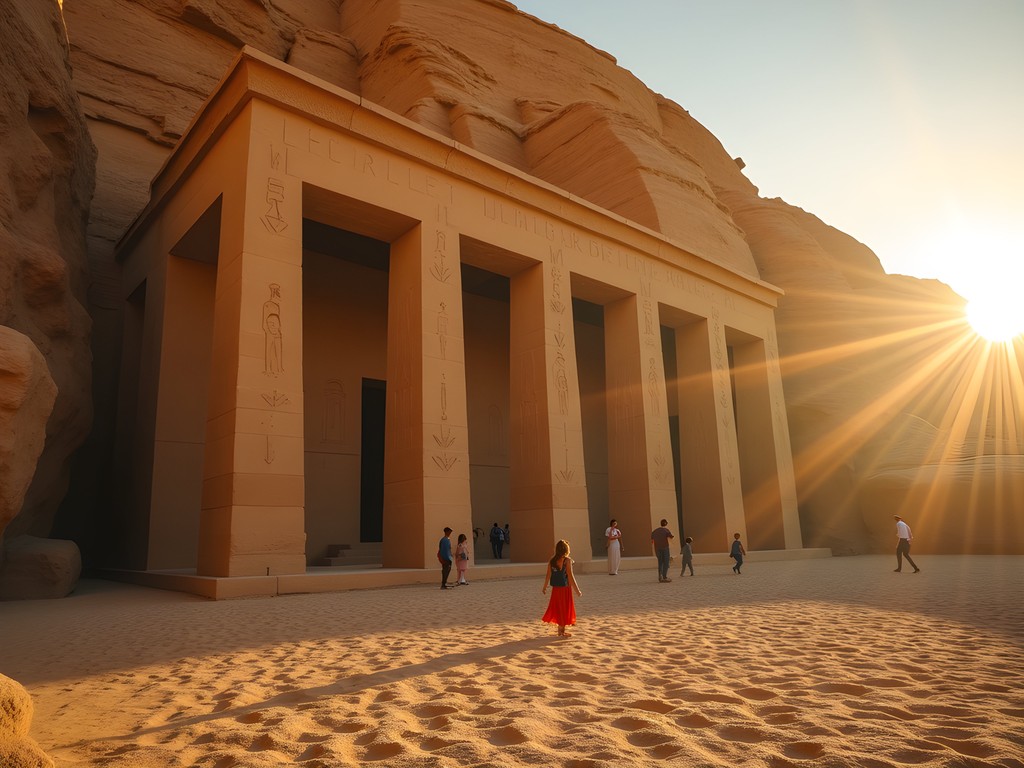
💡 Pro Tips
- Include human figures as silhouettes to provide scale reference for the colossal monuments
- Create a visual narrative by shooting a sequence from detailed hieroglyphics to the complete structure
- Use a telephoto lens from a distance rather than a wide-angle up close to better convey the monuments' scale
Capturing the Bi-Annual Solar Phenomenon
Twice each year, on February 22 and October 22 (dates that may vary by a day), Abu Simbel hosts one of the ancient world's most remarkable demonstrations of astronomical precision. On these dates, the rising sun penetrates the entire length of the Great Temple, illuminating the innermost sanctuary where statues of Ramses II and three gods sit in eternal darkness—except for these two days when all but Ptah (the god of darkness) are bathed in sunlight.
Photographing this phenomenon has been on my professional bucket list since my early days documenting historical sites. Having finally witnessed it during my February visit, I can offer several specific recommendations for those planning to capture this event:
Arrive Early—Very Early: The temple opens specially at 4:00 AM on these dates, and photographers should be among the first in line. By 4:30 AM, hundreds of visitors and photographers will have gathered. I arrived at 3:30 AM and was still twentieth in line.
Equipment Preparation: The interior illumination happens in near darkness, transitioning suddenly to dramatic shaft of light. This extreme contrast requires careful exposure planning. I used my remote trigger to minimize camera shake during long exposures and bracket my shots extensively.
Position Strategy: Most photographers rush to the innermost sanctuary, but I found a more compelling composition halfway down the temple's central axis, where I could capture both the shaft of light and the silhouettes of visitors experiencing the phenomenon.
Time-lapse Opportunity: This event presents a perfect opportunity for time-lapse photography. I secured my camera on a compact tripod in a corner location where it wouldn't be disturbed, programming it to capture the progressive illumination at 10-second intervals.
Beyond Technical Considerations: While technical perfection is important, don't become so focused on camera settings that you miss experiencing the moment. The collective gasp of wonder from the assembled crowd as the light reaches the statues is as much a part of the experience as the visual phenomenon itself. This is something I've learned through years of photography—sometimes the emotional context of an image adds as much value as its technical execution.
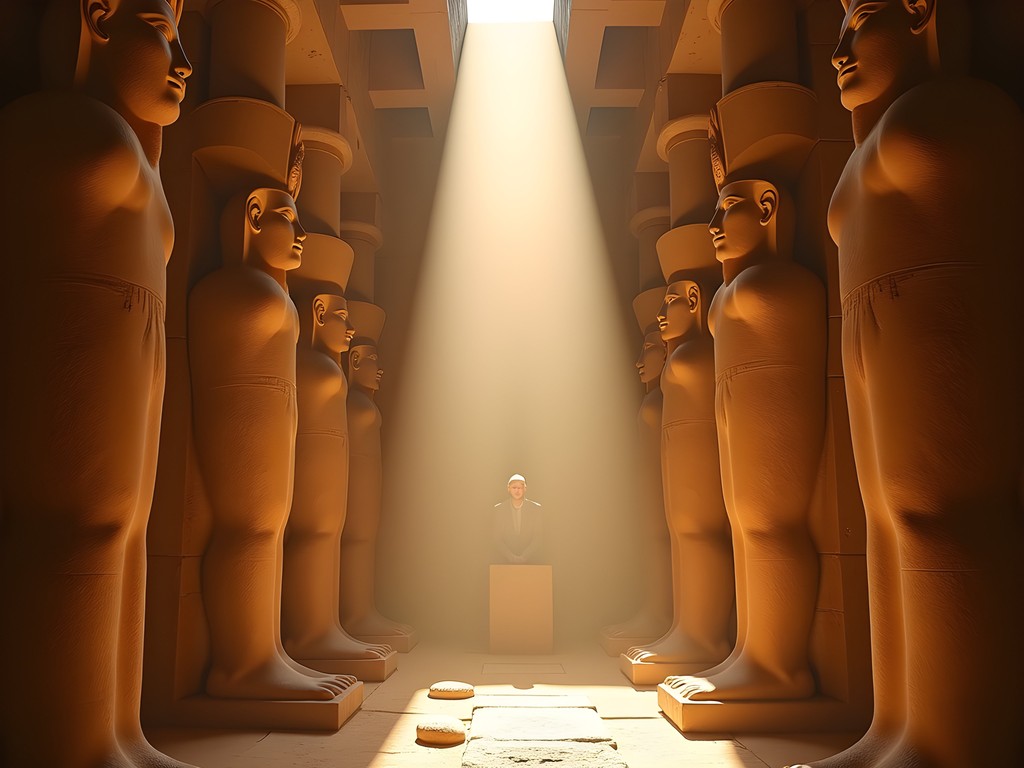
💡 Pro Tips
- Arrive by 3:30 AM to secure a good position for the solar alignment phenomenon
- Use a remote trigger for long exposures in the dark temple interior
- Consider setting up a time-lapse to capture the progressive illumination of the sanctuary
Final Thoughts
As I packed away my equipment after three days at Abu Simbel, I reflected on how this photographic expedition differed from my usual European architectural studies. The stark desert landscape, the monumental scale, and the quality of light all demanded adaptations to my usual techniques. Yet the fundamental principles remained—patience for the right light, respect for the historical significance, and an eye for compositions that tell stories beyond mere documentation. Whether you're an experienced photographer or an enthusiastic amateur, Abu Simbel offers unparalleled opportunities to capture images that convey both historical grandeur and human ingenuity. The temples stand today not only as monuments to Ramses II's ego but also as testaments to modern engineering that saved them from submersion. In photographing them, we participate in their ongoing preservation through visual memory. I invite you to plan your own photographic journey to this remarkable site—and when you stand before those colossal statues as the first light of day illuminates their faces, remember to lower your camera occasionally and simply absorb the moment with your own eyes.
✨ Key Takeaways
- Stay overnight in Abu Simbel village to capture both sunrise and sunset lighting conditions that day-trippers miss
- Use a telephoto lens from a distance rather than a wide-angle up close to better convey the monuments' massive scale
- Include human elements in compositions to provide scale reference and emotional context
📋 Practical Information
Best Time to Visit
Winter (November-February) or during solar alignments (February 22 and October 22)
Budget Estimate
€600-900 for a 3-day trip from Aswan including accommodation and transportation
Recommended Duration
2-3 days for serious photography (versus typical half-day tours)
Difficulty Level
Moderate

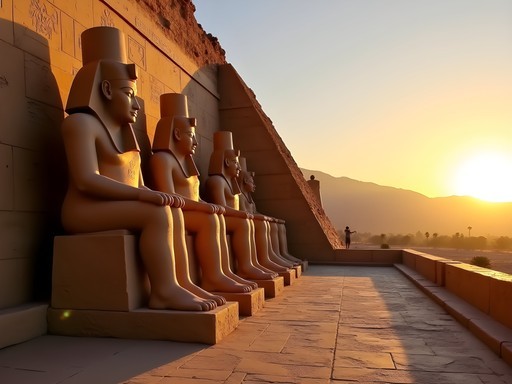
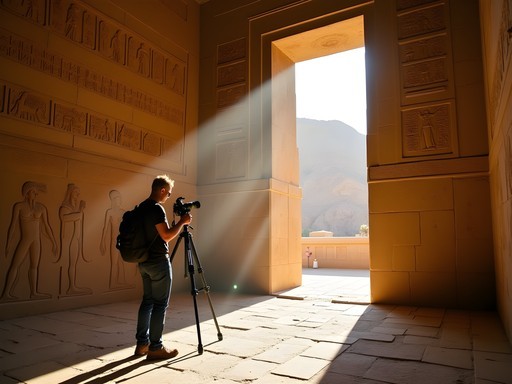
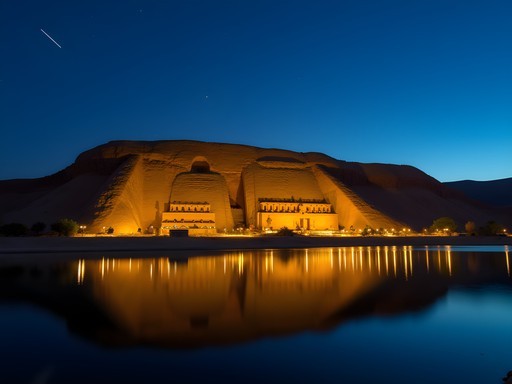
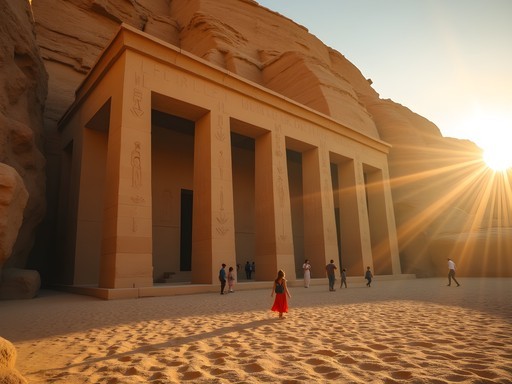
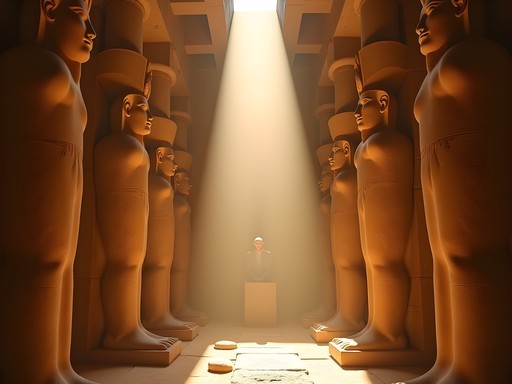









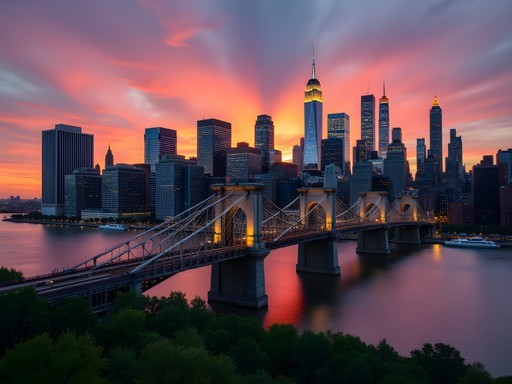
Comments
summermaster
OMG THANK YOU FOR THIS!!! Heading to Egypt in two months and Abu Simbel is at the top of my list! Your tips about the best angles for photos are going to be so helpful. Can't wait to try that silhouette shot you mentioned with the sun setting behind the temple. SOOO EXCITED!!!
sunsetchamp
That shot of the sunrise hitting Ramses' face is absolute perfection. What time did you have to wake up to catch that?
Fatima Sims
This guide is exactly what I needed before my Egypt trip last month! The section on capturing the reflection of the temples in Lake Nasser was particularly helpful. I'd add that if you're visiting during summer like I did, bring extra batteries - the heat drains them incredibly fast. Also, don't miss photographing the smaller temple dedicated to Nefertari. While everyone focuses on Ramses II, I found the queen's temple offered more intimate and unique compositions without the crowds. The soft afternoon light on the facade creates this gorgeous golden glow that's perfect for portraits.
summermaster
Fatima! I follow your Instagram and your Abu Simbel shots were incredible! Did you use natural light only or bring any portable lighting?
Fatima Sims
Thanks! All natural light with reflectors for the interior shots. The temples have specific rules about flash photography to protect the ancient pigments.
Savannah Walker
Katherine, your guide brought back so many memories! I was at Abu Simbel during the solar alignment in February and it was magical. The way the sun illuminated the inner sanctuary was something I'll never forget. One tip I'd add for photographers: bring a good zoom lens for capturing the details on the temple walls. The hieroglyphics tell amazing stories if you can get close enough. I also found that bracketing exposures saved several shots that would have been lost to the harsh contrast between sunlight and shadow. Can't wait to go back someday!
bluefan497
Those temple photos are absolutely breathtaking! Saving this for my trip next year.
globebuddy
Did you stay overnight in Abu Simbel or just do a day trip from Aswan? Wondering if it's worth spending a night there for better photo opportunities.
Katherine Fisher
I actually stayed two nights! Most people do day trips, which is why staying overnight gives you amazing opportunities when the site is nearly empty. The Nefertari Hotel has great views too.
sunsetchamp
Seconding this. Stayed overnight and got amazing sunrise shots with barely anyone there.
islandbackpacker
I visited Abu Simbel last year and wish I'd had this guide beforehand! The lighting inside the temples was so tricky to work with. I ended up using my travel tripod but security almost didn't let me bring it in. Had to sweet talk the guard! Your composition tips for capturing the scale of those massive statues are spot on. The way you framed the shot with people in the foreground really helps show just how enormous they are.
travelwanderer
Amazing guide Katherine! I'm planning my first trip to Egypt next spring and Abu Simbel is definitely on my list. Did you find it difficult to get good shots with all the tourists around? Any specific time you'd recommend to avoid crowds?
Katherine Fisher
Thanks! Early morning (right at opening) is definitely your best bet - most tour buses arrive around 9-10am. I got there for sunrise and had about 30 minutes with very few people around. Well worth the early wake-up!
travelwanderer
That's super helpful, thanks! Setting my alarm extra early then!
Douglas Bradley
Katherine, your composition techniques section was incredibly helpful. I visited Abu Simbel last month and found the lighting challenges quite different from other Egyptian monuments. The reflections off Lake Nasser create unique conditions, especially for photographing the southern façade. One tip I'd add for readers: the twice-yearly solar alignment (Feb 22 and Oct 22) creates extraordinary photo opportunities, but you'll be competing with hundreds of other photographers. I recommend arriving 2-3 days before to scout positions and make connections with the site guards, who might help you secure a prime spot. Also worth noting that drone photography is strictly prohibited, despite what some tour operators might tell you. The military presence is significant and they will confiscate equipment.
Katherine Fisher
Thanks for adding those insights, Douglas! You're absolutely right about the Lake Nasser reflections - they create both challenges and opportunities. And that's excellent advice about the solar alignment events. Were you able to catch any of the sound and light shows? I found them surprisingly photogenic despite the artificial lighting.
Douglas Bradley
I did catch the sound and light show! Agreed that it offers unique opportunities, especially if you use a longer exposure to capture the color transitions. One trick I used was setting up two cameras - one for wide establishing shots and another with a telephoto to catch details as they're illuminated.
travelbug92
Reading all this makes me realize I need to up my photography game before my Egypt trip! Just a simple point-and-shoot won't cut it, will it?
Douglas Bradley
Don't worry! Modern smartphones can capture amazing shots of Abu Simbel. Just focus on timing (early morning is best) and composition. The monuments are so impressive they photograph well with any camera!
hikingmood
What lens did you use for those interior temple shots? They're so crisp despite the low light!
Katherine Fisher
For the interiors I used my 24-70mm f/2.8 with image stabilization. The key was using a mini tripod since full-sized ones aren't allowed inside. I set up on the floor where possible!
hikingmood
Smart! I'm bringing my travel tripod but didn't realize full-size wouldn't be allowed inside. Will grab something smaller, thanks for the tip!
Venture X
Premium card with 2X miles, $300 travel credit, Priority Pass